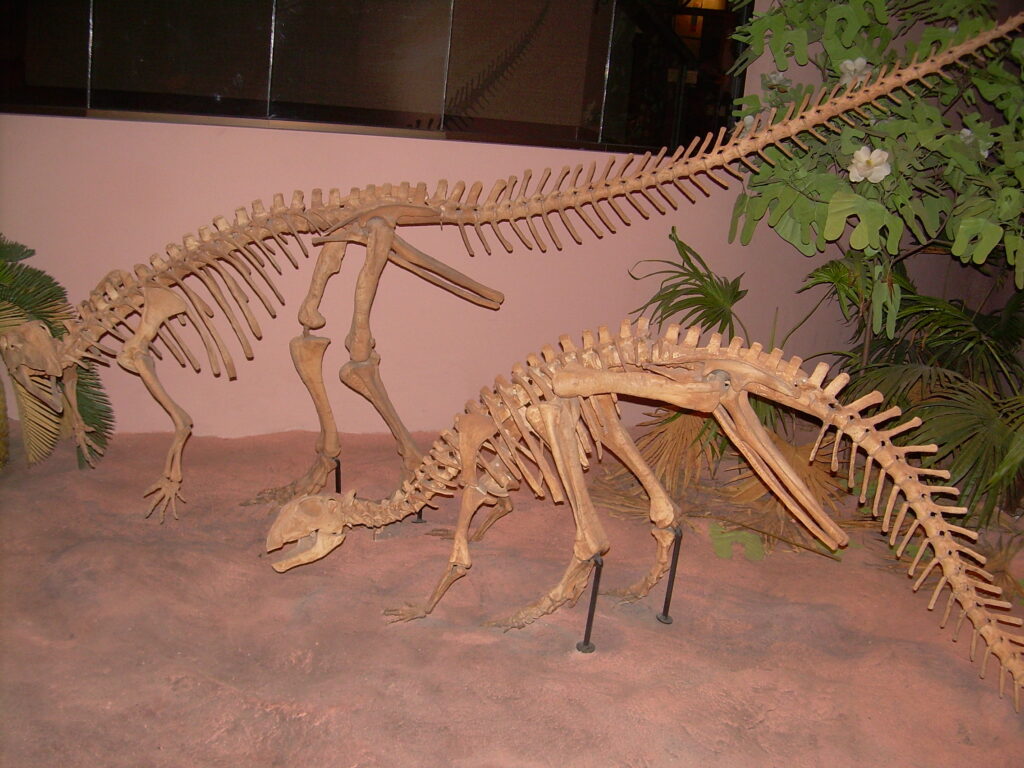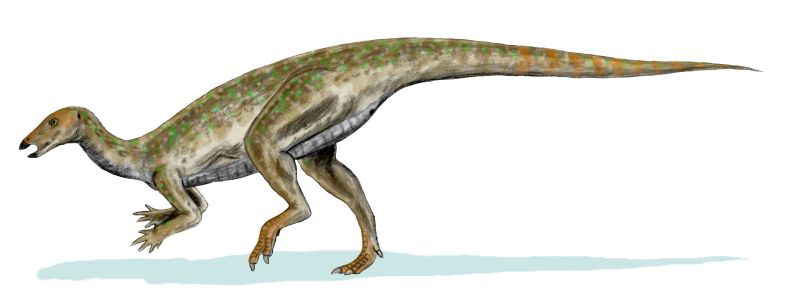When we think of feathers, our minds often immediately connect them with flight—picturing birds soaring through the skies with their magnificent plumage. However, the evolutionary story of feathers reveals a far more complex and fascinating narrative than their association with aerial locomotion. Feathers first appeared in the fossil record millions of years before the first flying birds, serving various functions beyond flight. This remarkable biological innovation has undergone incredible diversification, becoming one of nature’s most versatile structures. From insulation to courtship displays, from camouflage to waterproofing, feathers have evolved to serve numerous purposes across different species. This article explores the multifaceted evolution of feathers and their varied functions that extend well beyond the realm of flight.
The Ancient Origins of Feathers

Feathers have a deep evolutionary history dating back to the Middle-Late Jurassic period, approximately 165-150 million years ago. Fossil evidence shows that the earliest feather-like structures appeared on non-flying dinosaurs, specifically theropods, which were primarily bipedal and carnivorous. These primitive feathers were simple, filamentous structures more akin to hair than the complex feathers we see in modern birds. The discovery of feathered dinosaur fossils in China’s Liaoning Province revolutionized our understanding of feather evolution, providing clear evidence that feathers predated avian flight by millions of years. Paleontologists now believe these early feather-like structures likely evolved for thermoregulation—helping dinosaurs retain body heat—rather than for any aerodynamic purpose. This origin story firmly establishes that feathers evolved initially for functions unrelated to flight.
From Simple to Complex: The Structural Evolution

The evolution of feathers demonstrates a clear progression from simple to increasingly complex structures over millions of years. Scientists have identified at least five major stages in feather evolution, beginning with simple hollow filaments and culminating in the asymmetrical flight feathers of modern birds. The second stage introduced barbs branching from a central shaft, creating a more complex structure that improved insulation. The third stage saw the development of barbules, tiny hooks that connect adjacent barbs to form a more cohesive surface. Stage four introduced the asymmetrical vane structure, while the final stage perfected the aerodynamic properties needed for powered flight. This stepwise evolution allowed feathers to gradually acquire new functions while enhancing existing ones. The remarkable diversity of feather types—from down feathers to contour feathers to specialized display plumes—all evolved from these basic structural changes, demonstrating how natural selection can elaborate on a simple innovation to produce extraordinary complexity.
Thermoregulation: The Original Function

Most paleontologists and evolutionary biologists now agree that thermoregulation was likely the original function of proto-feathers in dinosaurs. These early feather-like structures created an insulating layer that helped retain body heat, similar to how mammalian fur functions. This insulation would have been particularly valuable as dinosaurs evolved more active metabolisms and potentially became warm-blooded, or at least maintained elevated body temperatures. Modern birds still heavily rely on their feathers for insulation, with specialized down feathers trapping air close to the body to create a thermal barrier against cold temperatures. The structure of down feathers, with their fluffy appearance and lack of hooks between barbs, maximizes their insulating properties by creating many tiny air pockets. Even in tropical birds, feathers provide crucial protection against temperature fluctuations, particularly at night or during seasonal changes. This thermoregulatory function remains essential for all birds today, underscoring how the original purpose of feathers continues to be vital millions of years after their initial evolution.
Waterproofing and Environmental Protection

Beyond insulation, feathers provide birds with crucial protection against environmental elements, particularly water. Most birds possess a specialized gland called the uropygial or preen gland, located at the base of the tail, which secretes oils rich in waxes and fatty acids. When birds preen, they spread these oils throughout their feathers, creating a water-resistant coating that helps maintain the feathers’ structure and repels water. Aquatic birds like ducks and penguins have particularly well-developed waterproofing adaptations in their feathers, with denser arrangements and specialized barbule structures that enhance water resistance. Feathers also protect birds from ultraviolet radiation, physical abrasion, and parasites. The periodic replacement of feathers through molting ensures this protective layer remains effective throughout the bird’s life. Without these protective properties, birds would struggle to maintain their body temperature in wet conditions and would be more vulnerable to environmental stressors—demonstrating another crucial non-flight function of feathers.
Sexual Selection and Visual Displays

Some of the most spectacular feather adaptations in the avian world have evolved not for survival but for reproduction. Sexual selection has driven the evolution of elaborate plumage colors, patterns, and structures that help birds attract mates and compete for breeding opportunities. The peacock’s train represents perhaps the most famous example of sexually selected feathers—the male’s iridescent tail feathers with eye-like ocelli have evolved solely to impress peahens, despite their energetic cost and potential hindrance to flight and escape from predators. Bird-of-paradise species from New Guinea showcase even more extreme examples, with males possessing specialized feathers that can be erected, vibrated, or displayed in choreographed dances to woo females. The vibrant plumage of many songbirds, the elaborate crests of cockatoos, and the specialized dance feathers of manakins all evolved through sexual selection pressures. These ornamental features typically develop only in sexually mature birds and often show sexual dimorphism, with males displaying more dramatic colors and patterns than females in species where males compete for female attention.
Camouflage and Visual Communication

Feathers play a crucial role in helping birds blend into their environments or, conversely, in making bold visual statements. Cryptic coloration in feathers helps conceal birds from predators or prey, with patterns and colors evolving to match specific habitats. The mottled brown feathers of a nightjar render it nearly invisible against forest leaf litter, while the barred patterns of owl plumage break up their outline against tree bark. Arctic ptarmigans dramatically change their feather coloration seasonally, molting from brown summer plumage to pure white winter feathers that match snow-covered landscapes. Beyond camouflage, feathers also facilitate visual communication between individuals. Distinctive color patterns help birds recognize members of their species, determine the sex or age of potential mates, and establish dominance hierarchies within social groups. Many birds have specialized feathers that can be raised or lowered to signal aggression, submission, or alarm—like the crest of a blue jay or the hackles of a rooster. These visual signaling functions represent another sophisticated non-flight adaptation of feathers that enhances birds’ social interactions and survival strategies.
Sound Production and Acoustic Features

Several bird species have evolved specialized feathers that function as acoustic instruments, producing sounds that serve in communication, territorial defense, and courtship. The manakins of South American rainforests have modified wing feathers that create mechanical sounds—clicks, snaps, and buzzes—during elaborate courtship displays. Male club-winged manakins produce violin-like tones by rapidly vibrating specially adapted wing feathers with ridged structures. Hummingbirds’ tail feathers can generate high-pitched whistling sounds during courtship dives, with different species producing signature acoustic patterns. Perhaps most famously, the peacock’s train doesn’t just dazzle visually—it also produces low-frequency sounds when rattled that are below human hearing range but detectable to peahens. Even common birds like mourning doves have modified wing feathers that whistle during take-off, serving as alarm signals to other birds. These acoustic adaptations demonstrate yet another non-flight function that has driven feather specialization, showing how natural selection has repurposed this versatile structure for communication needs across different species.
Tactile Sensation and Environmental Sensing

Certain feathers have evolved specialized functions related to touch and environmental sensing, serving as sophisticated sensory tools. Facial bristles, technically modified contour feathers, appear around the mouths of many bird species, particularly insectivores like flycatchers and nightjars. These specialized feathers act similarly to mammalian whiskers, providing tactile feedback that helps birds detect and capture prey in low light or during high-speed aerial maneuvers. Woodpeckers possess stiff, tactile feathers around their nostrils that filter wood dust during drilling and provide sensory information. Many waterbirds have pressure-sensitive receptors at the base of their bill feathers that help them detect prey movements underwater. The rictal bristles surrounding the bills of many insectivorous birds may help protect their eyes from debris while also potentially providing sensory information about flying insects. These tactile feathers represent sophisticated adaptations that enhance birds’ ability to gather information about their environments and improve foraging success, demonstrating yet another specialized non-flight function that has shaped feather evolution.
Physical Protection and Defense

Feathers serve as a critical physical barrier between birds and potential threats, evolving specialized protective functions in many species. The dense, scale-like feathers on the legs and feet of eagles and hawks protect against bites from struggling prey animals like snakes or rodents. Certain birds have developed particularly rigid or sharp feathers that function defensively—the cassowary, a flightless bird from New Guinea, possesses modified wing feathers that form stiff, dagger-like quills that can inflict serious injuries on potential predators. Secretary birds have evolved specialized wing feathers that they use to strike and stun venomous snakes during hunting, protecting them from potential bites. Even the common arrangement of overlapping contour feathers creates a flexible armor that can absorb minor impacts and prevent skin damage. Some birds’ feathers may even contain compounds that deter ectoparasites or have antimicrobial properties, providing biological protection alongside physical defense. These protective adaptations highlight how feathers have evolved as multipurpose tools for survival well beyond their role in flight mechanics.
Nest Building and Parental Care

Feathers play essential roles in avian reproduction beyond their function in courtship displays, particularly in nest construction and offspring care. Many birds line their nests with soft down feathers plucked from their bodies, creating insulated, comfortable environments for eggs and hatchlings. The common eider takes this practice to extremes, creating nests almost entirely from down feathers that provide exceptional insulation in harsh Arctic environments—these feathers are so effective that humans have harvested eider down for luxury bedding for centuries. Birds ranging from hummingbirds to eagles incorporate feathers from other species into their nests, taking advantage of their insulating properties and, potentially, their ability to deter parasites. During incubation, many birds develop specialized “brood patches”—areas where feathers are temporarily lost, exposing vascularized skin that efficiently transfers body heat to eggs. Some species, like emperor penguins, have evolved specialized feather arrangements and behaviors that create protected pouches where they can shelter eggs or chicks from extreme cold. These reproductive applications of feathers demonstrate their versatility beyond individual survival, extending to crucial roles in ensuring the next generation’s success.
Flightless Birds: Repurposed Feathers
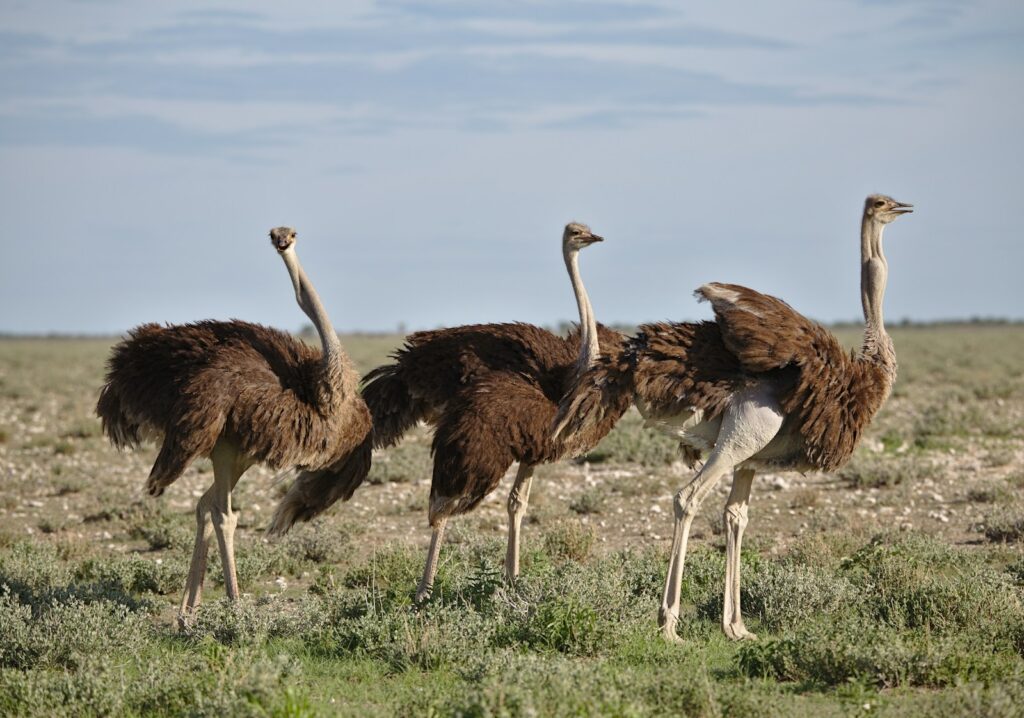
Flightless birds offer fascinating examples of how feathers can be dramatically repurposed when their flight function becomes obsolete. Ostriches, the world’s largest birds, possess fluffy, symmetrical feathers that function primarily for thermoregulation and display rather than aerodynamics. Their feathers have evolved specialized properties that help them thrive in hot environments—creating shade for the body while allowing air circulation to prevent overheating. Penguins represent perhaps the most dramatic feather repurposing, with their wings transformed into flipper-like appendages covered with tiny, scale-like feathers that provide waterproofing and reduce drag during underwater “flight.” Their body feathers have evolved extreme density—with up to 100 feathers per square inch—creating exceptional insulation against frigid Antarctic waters. The kiwi of New Zealand possesses hair-like feathers that function more like a mammal’s fur, helping these nocturnal birds blend into the forest floor. These examples from flightless birds highlight the remarkable evolutionary plasticity of feathers, demonstrating how this structure can be dramatically modified for new functions when released from the constraints of aerial locomotion.
Flight: The Ultimate Adaptation
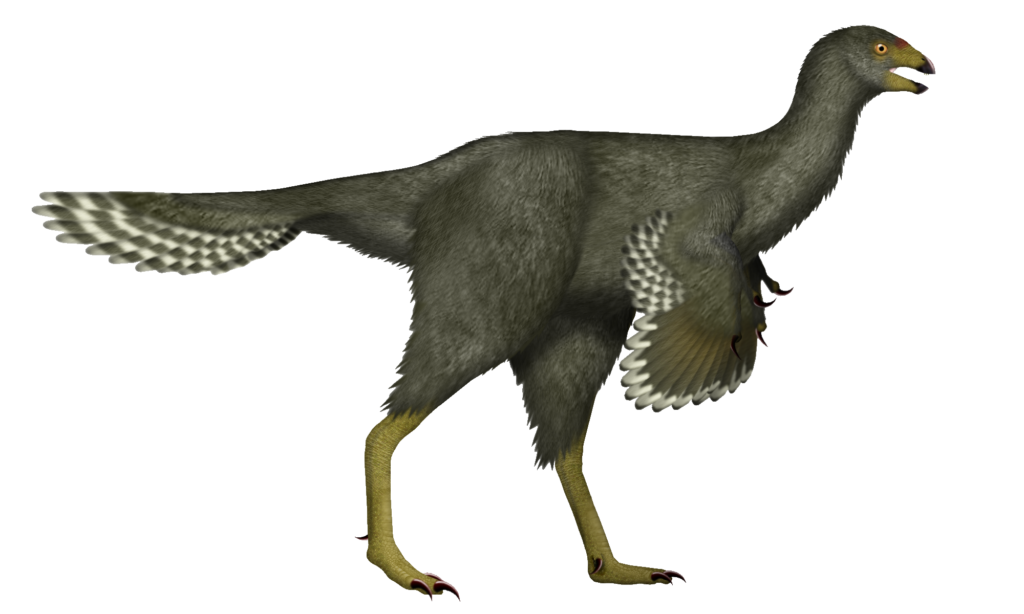
While this article has focused on the many non-flight functions of feathers, their aerodynamic properties represent their most remarkable evolutionary achievement. Flight feathers, particularly the primary and secondary wing feathers, showcase precision engineering at its finest—with asymmetrical vanes, lightweight but strong rachis (shafts), and interlocking barbules that create both rigidity and flexibility. The development of these specialized flight feathers allowed for the remarkable radiation of birds into virtually every terrestrial habitat on Earth. Flight feathers can generate lift, reduce drag, provide thrust, and allow for precise maneuverability through subtle changes in position and shape. Different flying styles—from the soaring of eagles to the hovering of hummingbirds—require specific feather adaptations in length, stiffness, and arrangement. Tail feathers work in concert with wing feathers to provide stability, control, and braking capabilities. The evolution of these aerodynamic properties represents a case where an adaptation that originated for one purpose (likely thermoregulation) was gradually modified through natural selection to serve an entirely new function, ultimately transforming vertebrate locomotion and creating one of the most successful animal groups on the planet.
Modern Research and Biomimetic Applications

The remarkable properties of feathers continue to inspire scientific research and technological innovation. Biomimetic engineers study feather structure to develop new materials with similar properties of lightness, strength, and insulation. The aerospace industry has drawn inspiration from feather design to create more efficient wing structures and control surfaces on aircraft, while the fashion and textile industries have developed synthetic insulating materials that mimic the heat-trapping properties of down feathers. Recent molecular and developmental biology research has identified many of the genes responsible for feather development, revealing connections to the scales of reptiles and providing insights into evolutionary developmental pathways. Scientists studying melanin and structural coloration in feathers have discovered new principles of photonics that have applications in color display technologies. Paleontologists continue to uncover new feathered dinosaur fossils that fill gaps in our understanding of feather evolution, with techniques like scanning electron microscopy and chemical analysis revealing previously unknown details about prehistoric feather structure and coloration. This ongoing research not only enhances our understanding of bird biology but also demonstrates how nature’s innovations continue to inspire human technological advancement.
The Remarkable Journey and Multifunctional Role of Feathers
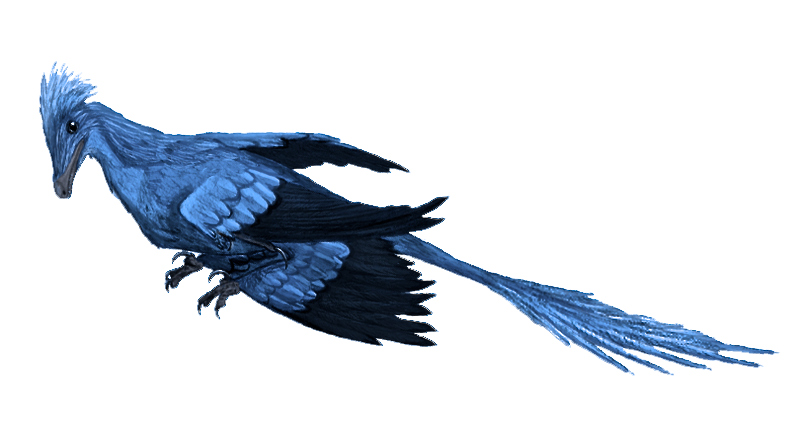
The evolution of feathers represents one of nature’s most versatile innovations—a structure that has been modified through natural selection to serve an astonishing range of functions beyond flight. From their likely origins as simple insulating filaments on dinosaurs to the complex, specialized structures we see in modern birds, feathers have undergone remarkable diversification. Their roles in thermoregulation, protection, display, sensory perception, and reproduction highlight the incredible adaptability of this seemingly simple structure. The story of feathers reminds us that many of nature’s most significant innovations often evolve initially for one purpose before being repurposed for others—flight being the most dramatic but certainly not the only important function of feathers. By understanding the complete evolutionary history and functional diversity of feathers, we gain deeper insights into the processes that drive biological innovation and the remarkable adaptability of life on Earth.


